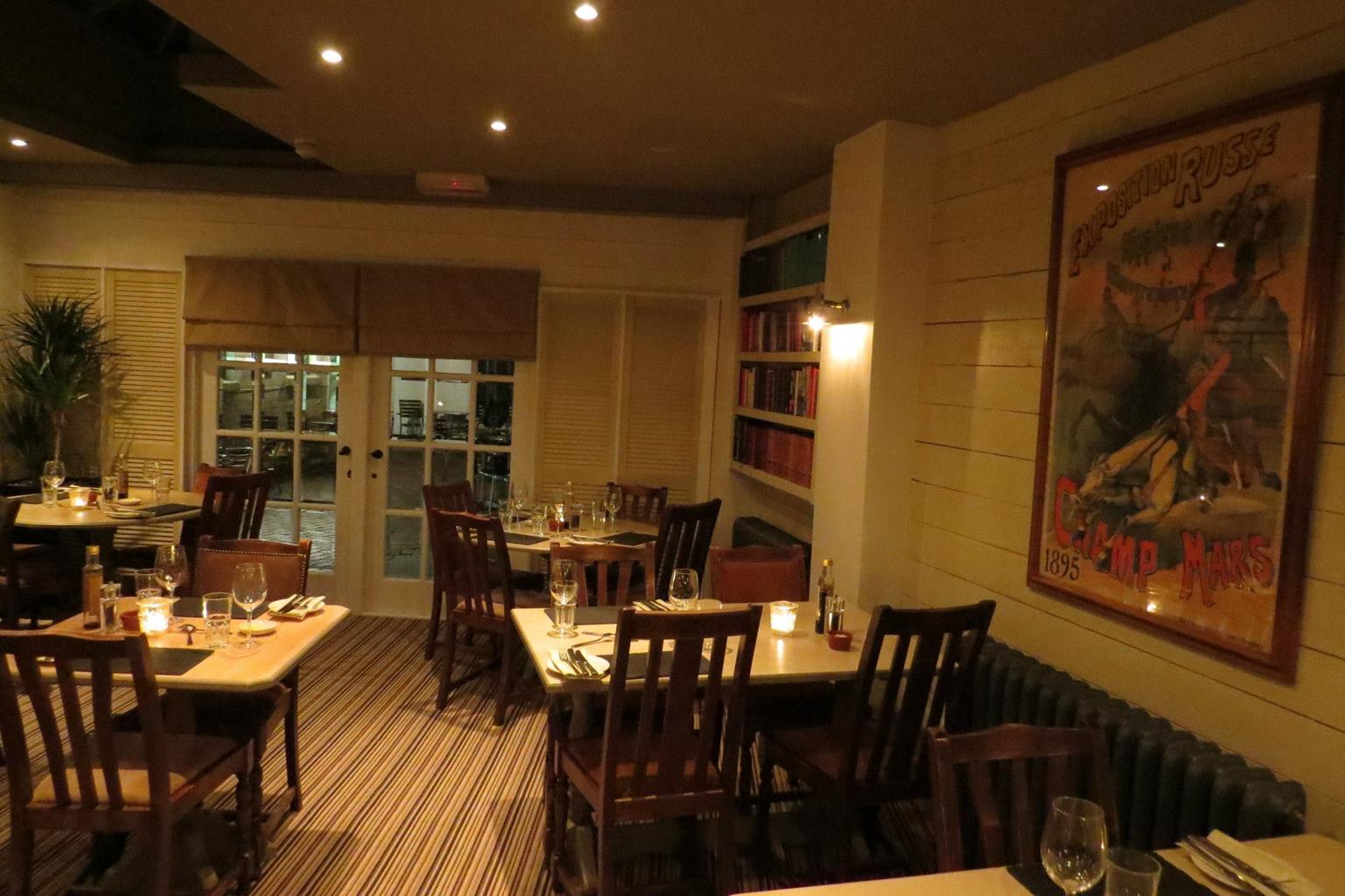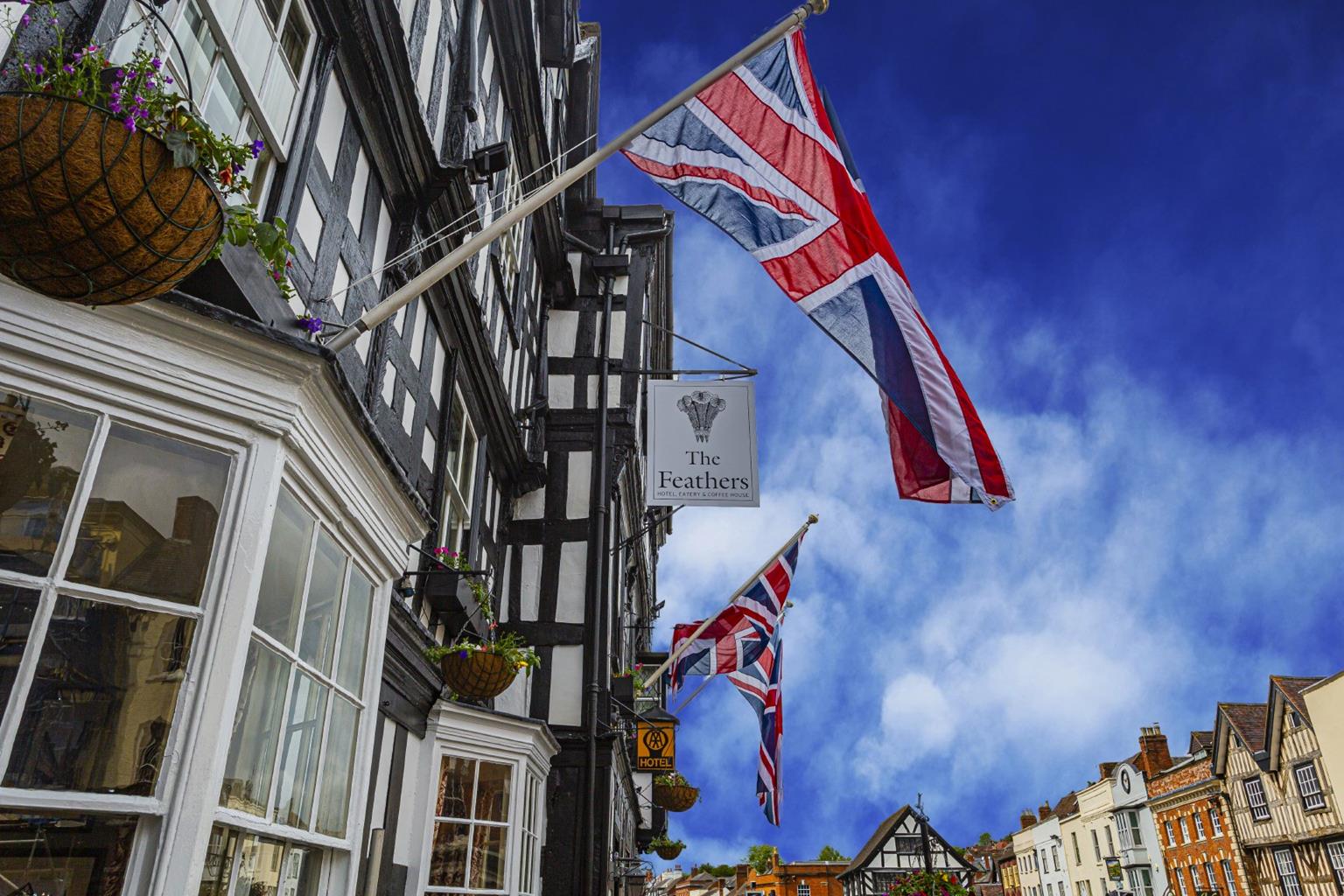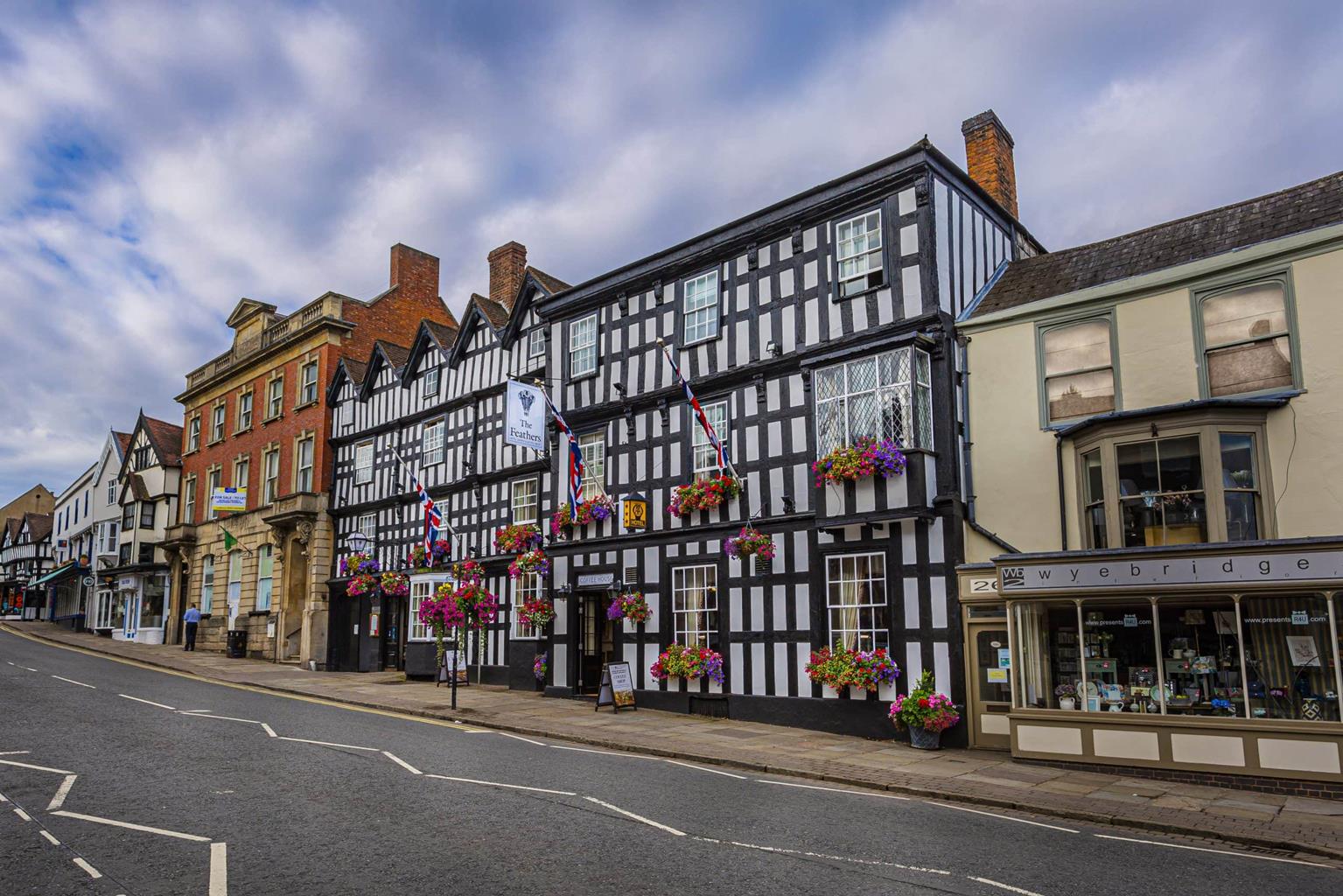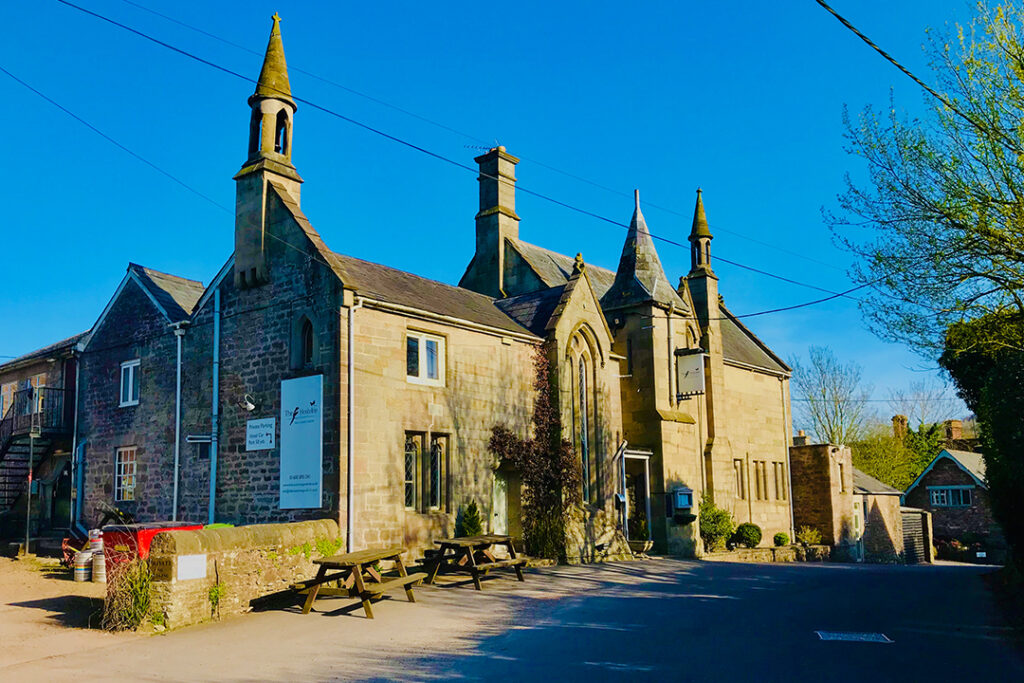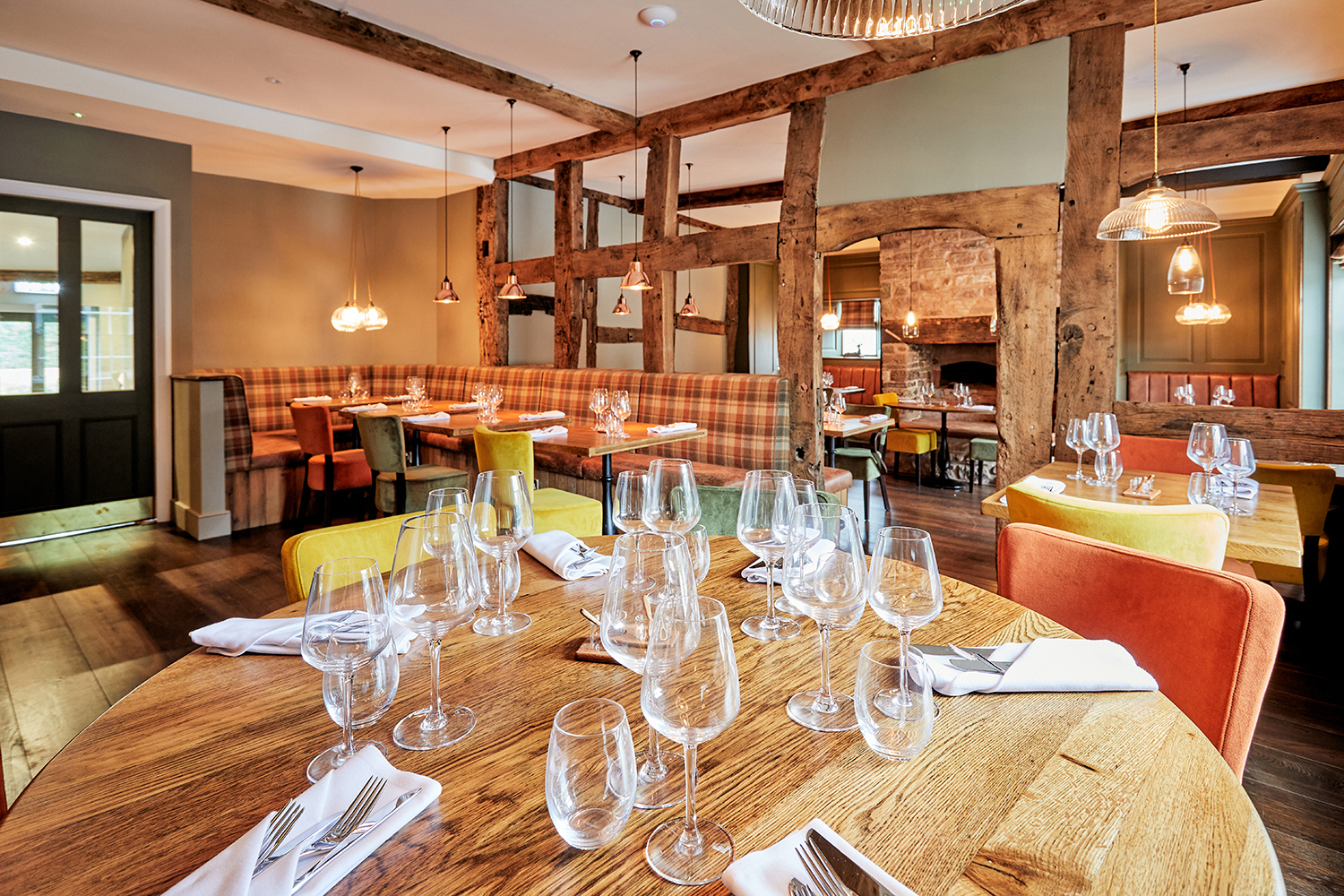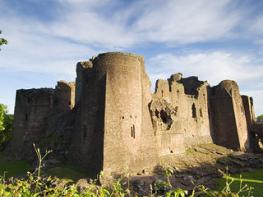Kempley Barns supplies luxurious and contemporary accommodation surrounded by beautiful…
From Kempley Green to Dymock

9.25 miles (14.9kms)
About the walk
Dymock lies in a remote, frequently overlooked corner of the county, on the border with Herefordshire. In the years leading up to World War I this pretty, unspoilt area became the home and inspiration to a group now known as the Dymock Poets. Some went on to lasting fame, while others have been all but forgotten. The first to settle in Dymock, in 1911, was Lascelles Abercrombie. He was followed by Wilfrid Gibson and then by the American poet Robert Frost. Edward Thomas rented a cottage here in 1914 and all played host to John Drinkwater, Rupert Brooke and Eleanor Farjeon. Were it not for the war, they may well have continued living and working here, united as they were by a love for the English countryside and a respect for each other’s abilities. As it was, their friendship was the catalyst to a considerable body of work, much of which can claim to have been inspired by experiences and friendships gained at Dymock.
Abercrombie lived at a cottage called Gallows, at Ryton, to the east of Dymock. Forgotten though he is, at the beginning of the 20th century he was hailed by the Times Literary Supplement as a great talent. His move to Dymock was emulated by Gibson, who settled at the Old Nail Shop in Greenway Cross. Gibson, too, is now unknown, but at the time he was the best-read poet in the country. His move to Dymock led to frequent visits by Brooke and Drinkwater. The four of them contributed to a quarterly called New Numbers, published from Ryton in 1914 and which contained some of Brooke’s poems.
Robert Frost, who became involved through a review of his poetry by Abercrombie, rented a cottage called Little Iddens, while Edward Thomas (who immortalised the Cotswold village of Adlestrop in his most famous poem, see Walk 1) lived in a cottage near by, called Old Fields. It was Frost who persuaded Thomas to concentrate on his poetry rather than his prose.
Walk directions
Walk through Kempley Green and turn left just before Knapp View. Take the right-hand of two paths (Daffodil Way). Go through gates, pass a barn and then enter an orchard. Enter Dymock Wood to follow a path and Daffodil Way signs for over 0.5 miles (800m) to a road.
Turn right and then left before a motorway bridge. Where this road bears left, proceed ahead through a gate into fields and follow the route down to a stream. Turn left before it. Cross a track, pass through gates and walk straight along a track for 600yds (549m) towards Boyce Court.
At a T-junction with a track, turn right, then left (Daffodil Way) to follow a derelict canal beside trees and then across farmland alongside a stream. At one point follow the path left round the field corner and then right at a gate. Continue to a stile and road at Dymock.
Go into the churchyard and out the other side, through a gate into a field. Turn half left and take the second bridge on the right. Then bear half left to a stile. Turn right along a disused road and cross the B4215. Follow a track, leaving it to keep to the right of Allum’s Farm at a waymarker. Pass a barn and go half left across the field to a gate. Enter an orchard, turn right and follow its left margin and then that of a field, to a road.
Turn right. After 600yds (549m) turn right into a field alongside woodland. After 120yds (110m), at a stile go half right over a mound to soon enter the woods. Turn right and follow the boundary to a gate. Turn left, shortly re-entering woodland. Follow a path, keeping right at a junction, to a stile. Cross a field, keeping to the left of a chimney, and then right into a field. Look for a gate on your left, cross into the adjacent field and then turn right to find a bridge across the stream. Go half left across fields to a road.
Turn left past St Mary’s Church. At the next T-junction go into the field ahead. Proceed into the next field and continue for over 0.75 miles (1.2km), with the stream on your left, across several fields to a lane. Turn left to a junction at Fishpool.
Turn right, and after 50yds (46m) turn left over a stile. Curve right and then pass a series of stiles to aim to the right of a cottage. Follow the path through gates by loose boxes, and then bear left over stiles so that a house is on your right. Go right into a field. Turn left and follow the same line, ascending gently, to Kempley Green. Turn left, back to the start.
Additional information
Fields and lanes, many stiles
Woodland, hills, villages, rural farmland and streams
Stiles and some livestock but plenty of off-lead potential
OS Explorer OL14 Wye Valley & Forest of Dean and Explorers 189 Hereford & Ross-on-Wye and 190 Malvern Hills & Bredon Hill
Northern end of Kempley Green, beside telephone box and bus shelter
Just up from Beauchamp Arms PH
WALKING IN SAFETY
Read our tips to look after yourself and the environment when following this walk.
Find out more
Also in the area
About the area
Discover Gloucestershire
Gloucestershire is home to a variety of landscapes. The Cotswolds, a region of gentle hills, valleys and gem-like villages, roll through the county. To their west is the Severn Plain, watered by Britain’s longest river, and characterised by orchards and farms marked out by hedgerows that blaze with mayflower in the spring, and beyond the Severn are the Forest of Dean and the Wye Valley.
Throughout the county you are never far away from the past. Neolithic burial chambers are widespread, and so too are the remains of Roman villas, many of which retain the fine mosaic work produced by Cirencester workshops. There are several examples of Saxon building, while in the Stroud valleys abandoned mills and canals are the mark left by the Industrial Revolution. Gloucestershire has always been known for its abbeys, but most of them have disappeared or lie in ruins. However, few counties can equal the churches that remain here. These are many and diverse, from the ‘wool’ churches in Chipping Campden and Northleach, to the cathedral at Gloucester, the abbey church at Tewkesbury or remote St Mary’s, standing alone near Dymock.
Nearby stays
Restaurants and Pubs
Nearby experiences
Recommended things to do
Why choose Rated Trips?
Your trusted guide to rated places across the UK
The best coverage
Discover more than 15,000 professionally rated places to stay, eat and visit from across the UK and Ireland.
Quality assured
Choose a place to stay safe in the knowledge that it has been expertly assessed by trained assessors.
Plan your next trip
Search by location or the type of place you're visiting to find your next ideal holiday experience.
Travel inspiration
Read our articles, city guides and recommended things to do for inspiration. We're here to help you explore the UK.


